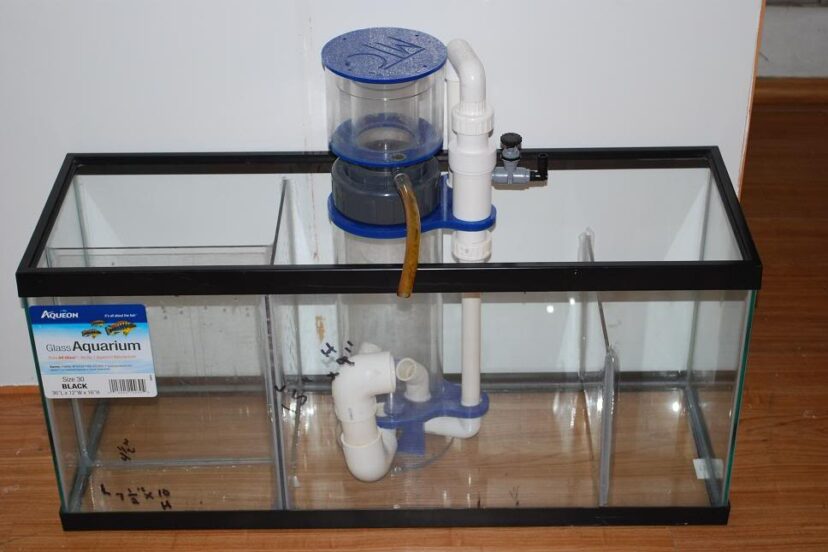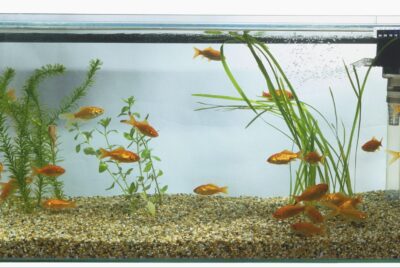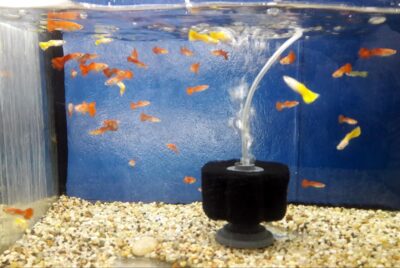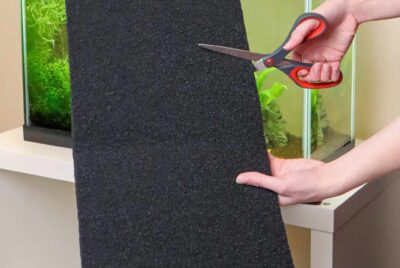Protein Skimmer in Sump
As a passionate fishkeeping enthusiast and advisor, I understand the importance of maintaining a healthy aquarium environment. In this article, I will shed light on the topic of a protein skimmer in a sump and provide helpful suggestions along with the reasons behind them.
Introduction
Let’s start by addressing the keyword of this article: protein skimmer in sump. A protein skimmer is a vital tool used in aquariums to remove organic waste and impurities from the water, contributing to a cleaner and healthier aquatic environment. When it comes to incorporating a protein skimmer into your aquarium setup, utilizing a sump system offers numerous advantages.
What is a Sump?
Before we dive into the details of a protein skimmer in a sump, let’s briefly discuss what a sump actually is. A sump is an auxiliary tank or reservoir connected to the main aquarium, typically placed beneath it or adjacent to it. It acts as a filtration system that complements the primary tank by providing additional water volume and housing various filtration components.
Using a sump offers several benefits for maintaining water quality in your aquarium. It increases water volume, dilutes impurities, provides space for equipment, and facilitates easy access for maintenance. A protein skimmer plays a crucial role within a sump setup, further enhancing its effectiveness.
Benefits of Using a Protein Skimmer in a Sump
Removal of Organic Waste
A protein skimmer excels at eliminating organic waste from the water. By creating a froth of air bubbles, it effectively captures dissolved organic compounds such as excess proteins, oils, and other substances that contribute to water pollution. This process significantly reduces nutrient levels, which are notorious for causing problems such as algae blooms and poor water quality.
Enhancing Water Clarity
Maintaining crystal-clear water is not only visually appealing but also essential for the health and well-being of your aquarium inhabitants. A protein skimmer efficiently removes fine particulate matter and organic compounds that cloud the water. The result is a sparkling and pristine environment that showcases the beauty of your fish and corals.
Oxygenation of the Water
A protein skimmer promotes oxygen exchange within the water column. The froth produced by the skimmer increases the surface area, allowing oxygen from the air to dissolve into the water while facilitating the removal of carbon dioxide. Well-oxygenated water is vital for the overall health of fish, invertebrates, and other aquatic organisms, supporting their metabolic functions and overall vitality.
Preventing Harmful Substances
Ammonia and nitrites are toxic substances that can wreak havoc on the inhabitants of your aquarium. A protein skimmer removes harmful substances, stabilizing water parameters and safeguarding your fish and corals. Protect your aquarium from disasters!
Now that we’ve explored the benefits of using a protein skimmer in a sump setup, let’s discuss how to select the right skimmer for your specific needs.
Selecting the Right Protein Skimmer Sump
Sump Size and Skimmer Capacity
When choosing a protein skimmer, it is crucial to consider the size of your sump and match it with an appropriately sized skimmer. A skimmer that is too small may not effectively handle the waste load, while an oversized skimmer might be unnecessarily expensive and consume excessive space. Consult the manufacturer’s recommendations or seek advice from experienced aquarists to ensure a proper fit.
Skimmer Type – (Protein Skimmer in Sump)
There are various types of protein skimmers available, each employing different mechanisms for waste removal. Air-driven skimmers, venturi skimmers, and needle wheel skimmers are some common examples. It is essential to understand the pros and cons of each type and choose the one that suits your specific aquarium setup and budget. Consider factors such as noise level, power consumption, and maintenance requirements when making your decision.
Quality and Durability – (Protein Skimmer in Sump)
Investing in a high-quality protein skimmer is a wise decision in the long run. Skimmers made from durable materials and with quality craftsmanship tend to last longer and require minimal maintenance. Look for reputable brands that offer warranties and positive customer reviews to ensure you’re getting a reliable and durable skimmer for your sump.
Budget Considerations
While quality is important, it’s also essential to consider your budget when selecting a protein skimmer. Fortunately, there are cost-effective options available that offer good performance without breaking the bank. Research different brands, compare prices, and read reviews to find the best balance between affordability and skimmer quality.
Installation and Maintenance Tips – (Protein Skimmer in Sump)
To maximize the efficiency of your protein skimmer in a sump setup, here are some installation and maintenance tips to keep in mind:
Proper Placement in the Sump
Positioning the protein skimmer correctly within the sump is crucial for optimal performance. Ideally, install it in an area with good water circulation and ensure it is submerged at the appropriate water depth according to the manufacturer’s recommendations. Additionally, consider placing the skimmer away from the return pump to avoid any interference with its operation.
Regular Cleaning and Maintenance
Regular maintenance is essential to keep your protein skimmer running smoothly. Depending on the skimmer model and the bioload of your aquarium, cleaning may be required weekly or bi-weekly. Follow the manufacturer’s instructions for disassembly, cleaning the collection cup, and inspecting the various components. Regularly check for any clogs, wear, or damage that might affect its performance.
Monitoring and Adjusting Skimmer Settings
Keep a close eye on your protein skimmer and make adjustments as necessary. Monitor the water level in the collection cup and adjust the air intake or water flow to achieve the desired foam consistency. Fine-tuning the skimmer settings ensures optimal waste removal and prevents over-skimming or under-skimming. It’s a good idea to document any changes made and observe the skimmer’s performance over time.
Conclusion
In conclusion, incorporating a protein skimmer in a sump setup offers numerous benefits for maintaining a healthy and thriving aquarium. It effectively removes organic waste, enhances water clarity, oxygenates the water, and prevents the accumulation of harmful substances.
Choose a protein skimmer wisely: sump size, skimmer type, quality, durability, and budget all matter. Optimize your aquarium environment!
Frequently Asked Questions – (Protein Skimmer in Sump)
Q: How often should I clean my protein skimmer in a sump?
A: It is recommended to clean your protein skimmer at least once a week or bi-weekly, depending on the bioload of your aquarium. Regular cleaning ensures optimal performance and prevents any buildup of waste or impurities.
Q: Can I use a protein skimmer in a freshwater aquarium?
A: While protein skimmers are commonly used in marine aquariums, they are generally not necessary for freshwater setups. Freshwater aquariums typically have lower nutrient levels, and other filtration methods like biological and mechanical filtration are usually sufficient to maintain water quality.
Q: What are the signs of a malfunctioning protein skimmer?
A: Some signs of a malfunctioning protein skimmer include poor foam production, inconsistent or no skimmate collection, excessive noise or vibrations, and sudden changes in water chemistry. If you notice any of these signs, it’s essential to inspect and troubleshoot the skimmer to identify the issue.
Q: Do I need a protein skimmer if I have a heavily planted aquarium?
A: In a heavily planted aquarium, the plants themselves can act as natural filters, absorbing excess nutrients and contributing to water clarity. In such cases, a protein skimmer may not be necessary unless you have a specific need for it, such as combating persistent algae issues or maintaining high water quality for sensitive species.
Q: Can a protein skimmer remove algae from the water?
A: While a protein skimmer can help remove some types of algae, its primary function is to remove dissolved organic compounds. For effective algae control, it’s best to employ a combination of proper lighting, nutrient management, water changes, and biological control methods like algae-eating fish or invertebrates.




